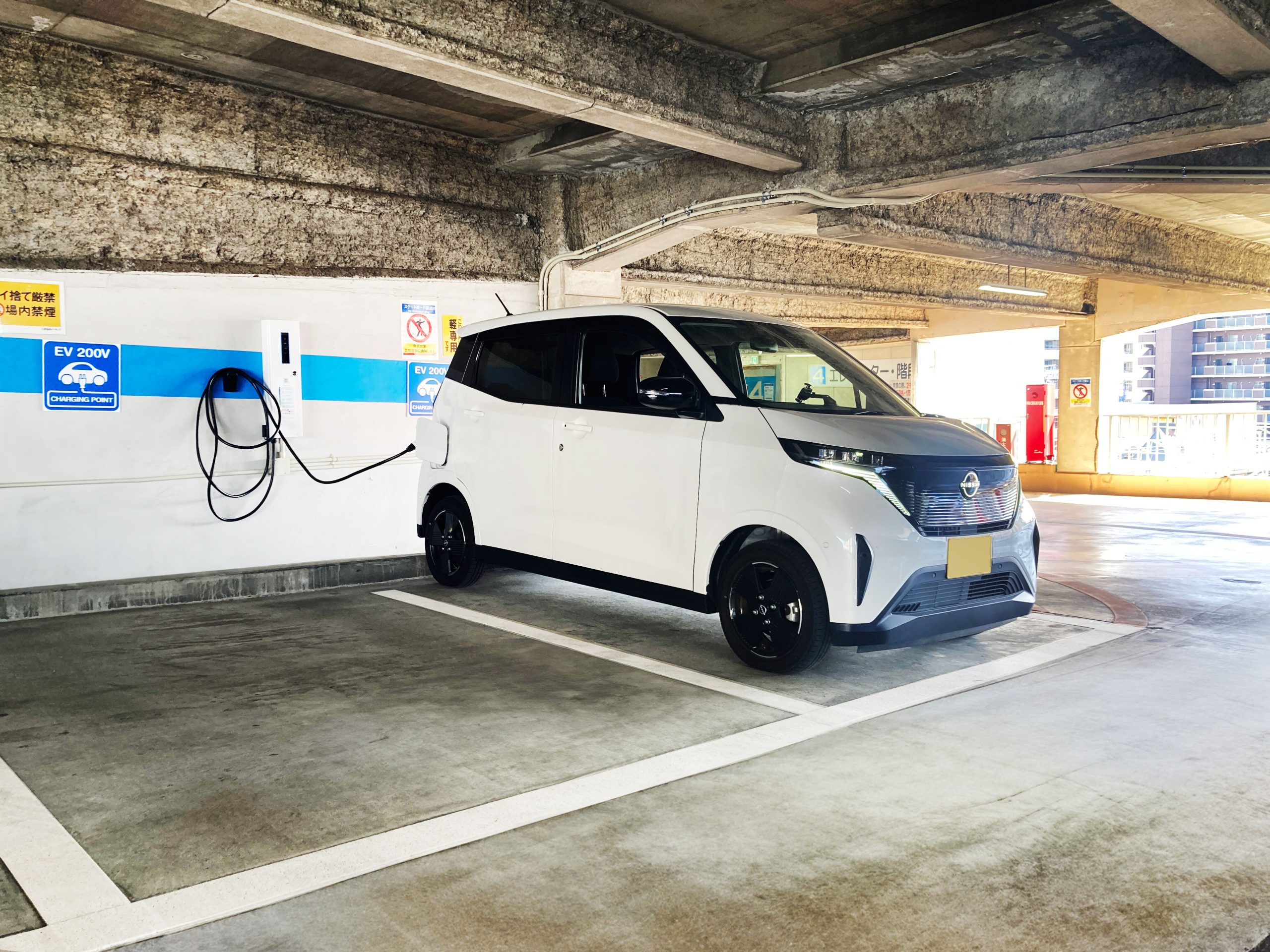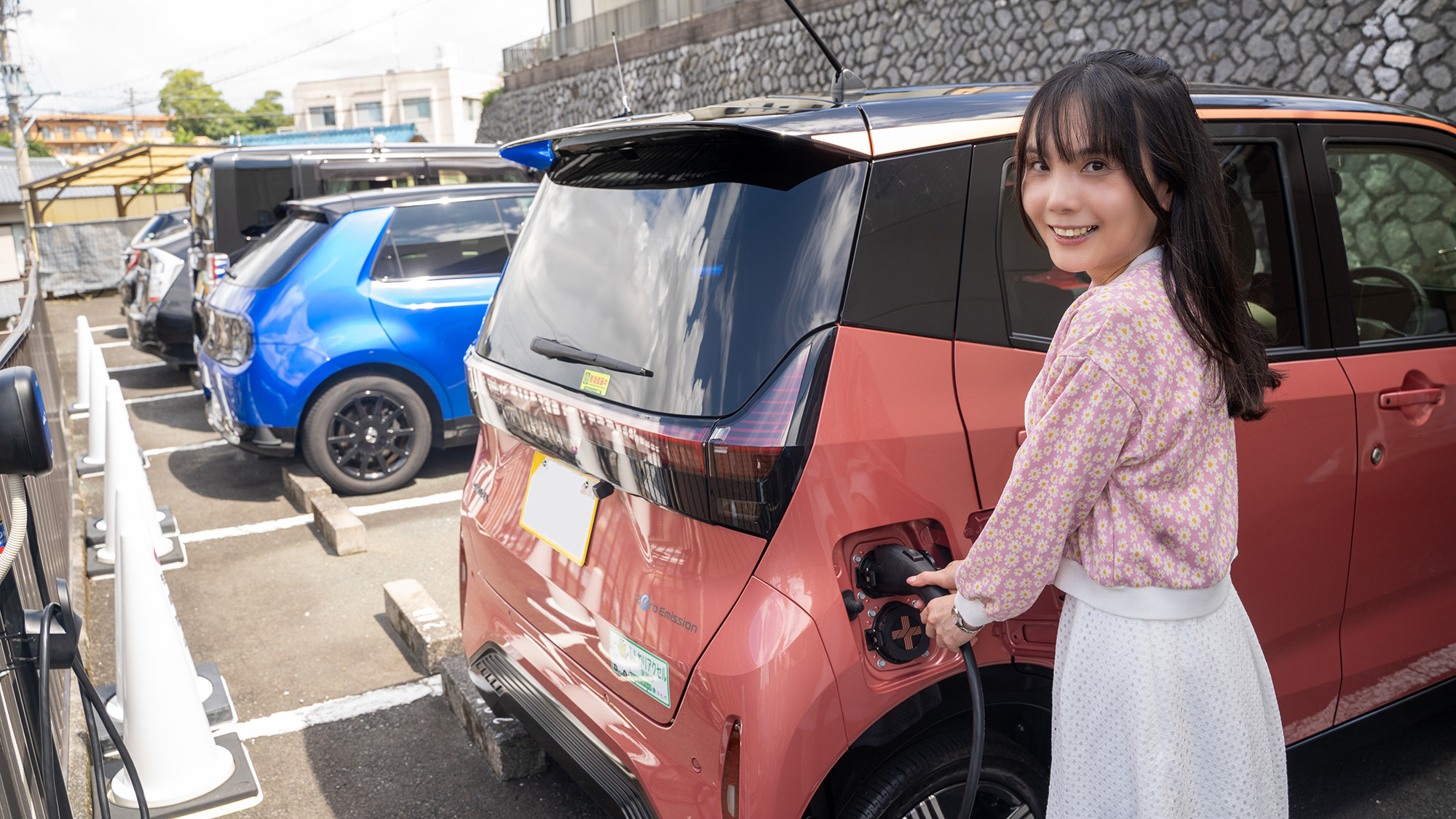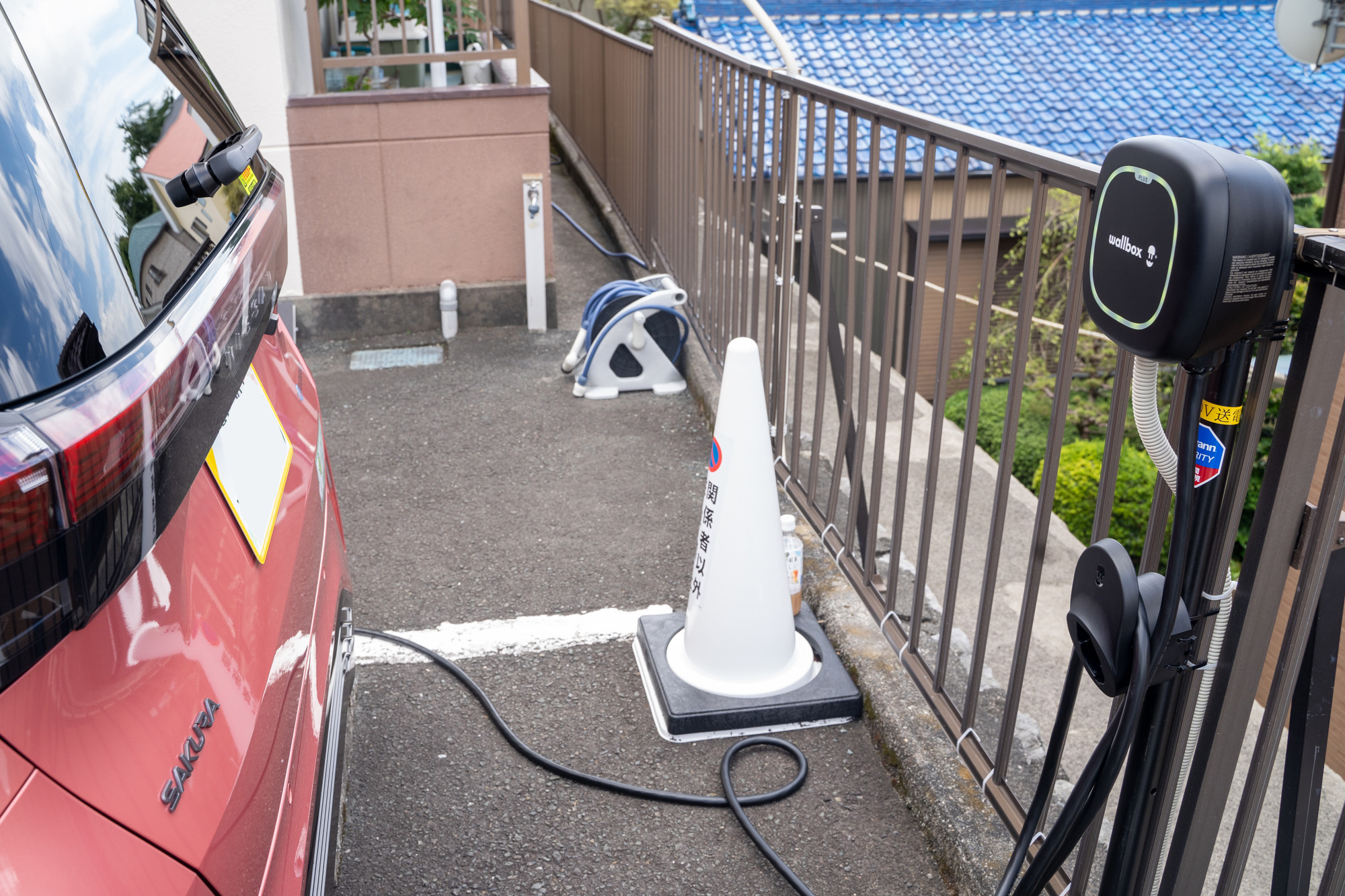The Rise of Japanese Electric Kei Cars
2024年06月26日
Electric vehicles are becoming an increasingly common sight, even in Japan, where EV sales still barely taking up 3% of all car sales.There is, however, one striking difference between the EVs sold in Japan and the rest of the advanced EV markets, namely China, Europe and North America.

This photo shows the best selling EV in Japan in 2023- the Nissan Sakura electric kei car, plugged into a charger managed by Yourstand- a Japan-based charge point operator and mobility service provider for home, workplace and fleet charging.
In this particular carpark with EV chargers managed by Yourstand, users pay a charging tariff of 45 yen/kWh, roughly converted to 0.28 USD/ kWh at current exchange rates at the time of writing.
What is an electric kei car, and why is it so popular in Japan?
Let’s take a step back and start from the bigger picture.
As the electrification of cars ramps up its speed and car manufacturers are offering a wider array of choices for the diverse consumer market, we are seeing a general trend leaning towards larger vehicles, specifically SUVs, in the major EV markets in the world, namely China, Europe and North America. In fact, according to Global EV Outlook 2024, the number of available electric car models nears 600, two-thirds of which are large vehicles and SUVs.
This makes economical sense for car manufacturers as it translates into a larger profit margin for them. In the United States, electric SUVs are eligible for tax credits too as long as they are priced under USD 80,000.
On the other hand, perhaps there is a consumer preference towards larger vehicles.
Maybe, but this is not so true in Japan.
For people who are familiar with the EV sales trends in China, Europe and North America, the fact that half of the EVs sold in Japan in 2023 were the tiny, typically Japanese, electric kei cars, may seem like a curious piece of statistics.
The statistics speak for themselves, but what is it about electric kei cars that Japanese consumers and companies are flocking to purchase them? First and foremost, these electric kei cars, such as Nissan Sakura, the best-selling EV in Japan, are affordable. Without subsidies, they cost 2.5 million yen (15,640 USD). With the 550,000 yen subsidies, and possibly further subsidies depending on the prefecture, a Nissan Sakura electric kei car can cost way below 2 million yen (12,510 USD). Kei cars are eligible for further tax benefits and lower highway tariffs too.

Apart from the obvious cost benefits, electric kei cars like the Sakura are actually extremely easy to maneuver and drive around, especially on narrow roads, typical in the city centres of Japan.
Its range of 180km on a single charge may seem limited to some, but it suffices in everyday life and work situations, such as running errands, commuting to work, or visiting clients nearby.
And perhaps most importantly, electric kei cars, like their gasoline counterpart, are extremely efficient- both in terms of fuel economy and electricity efficiency. With the exception of extreme temperatures and climate, the Nissan Sakura boosts an efficiency of close to 9km/kWh. Therefore, despite its small 20kWh lithium-ion battery size, it can be an efficient and affordable means of transportation if you have its base charging infrastructure covered- specifically home and workplace charging.

For now, the Nissan Sakura electric kei car is only available in Japan, but who knows? Just like how the gasoline kei cars and trucks are gaining popularity in the United States, someday, Nissan Sakura, the epitome of the Japanese electric kei cars, may make its debut outside Japan.
